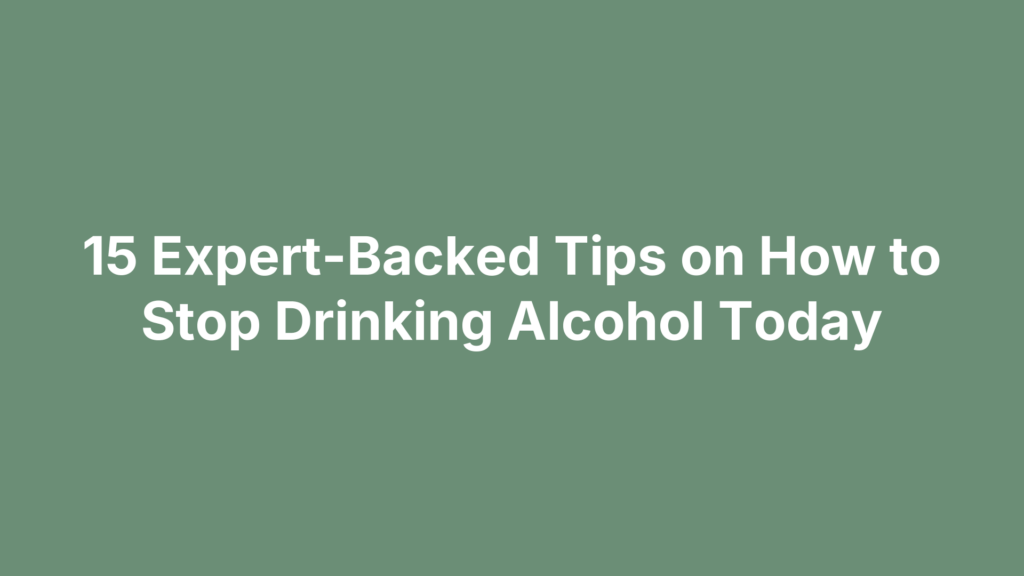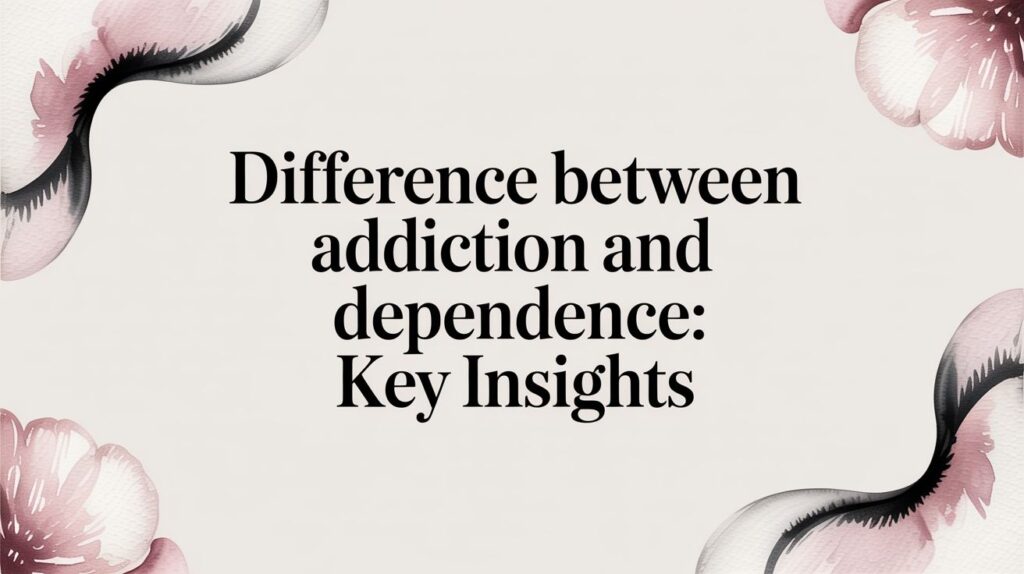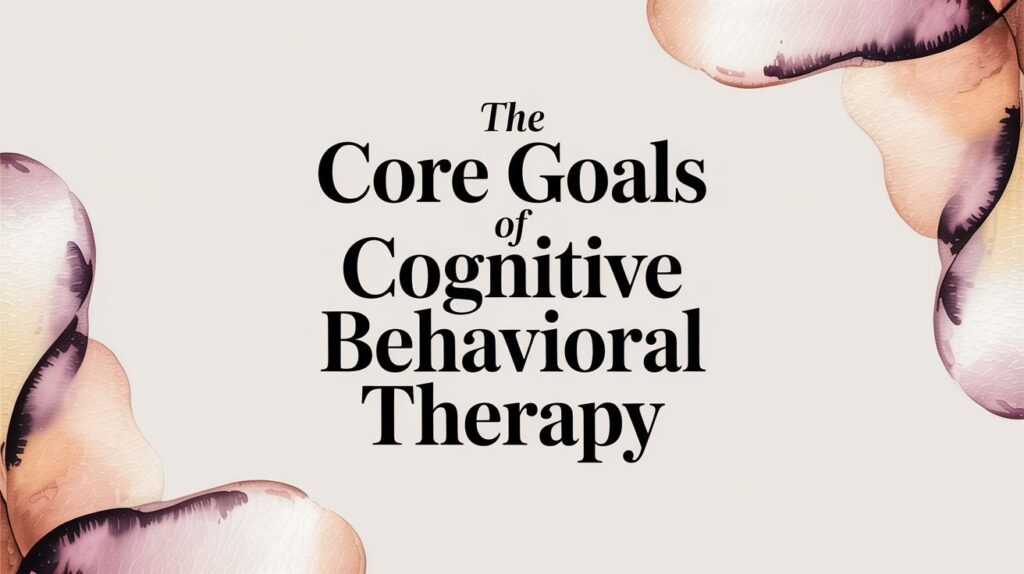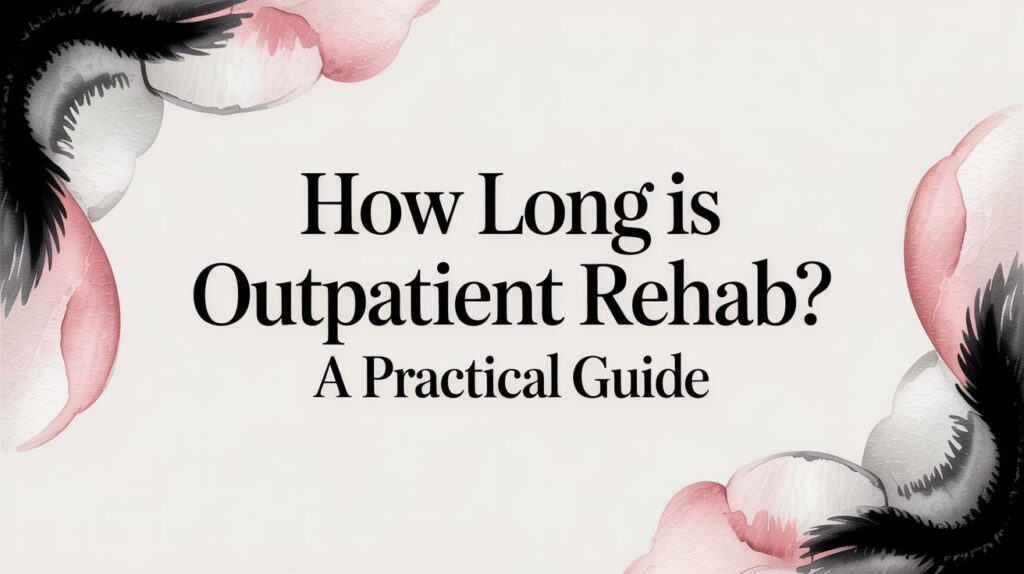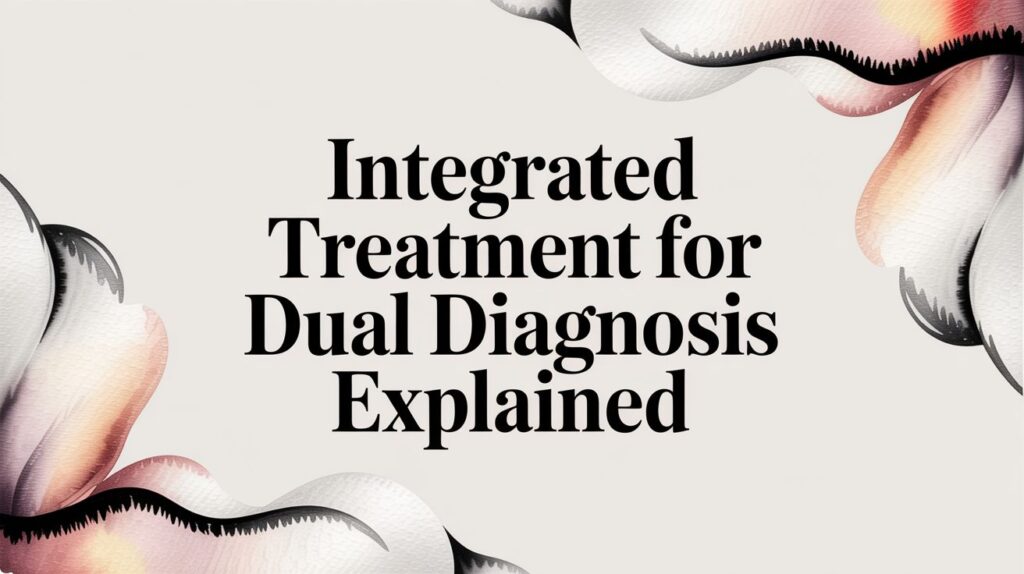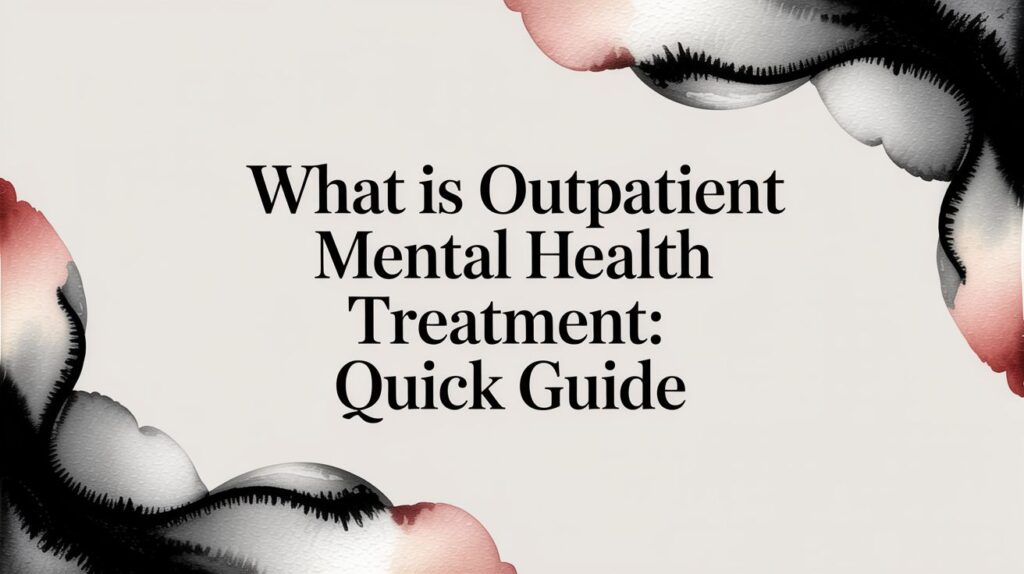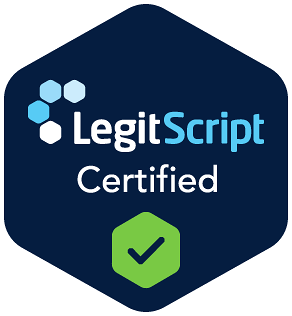You’ve decided it’s time to stop letting alcohol call the shots, but scrolling through conflicting advice can feel as dizzying as the last hangover. To cut through the noise, we gathered the latest research, clinical insights, and on-the-ground experience from addiction specialists. The result: 15 practical steps you can start using today—whether you’re aiming for total sobriety or simply want to take a first, confident step toward cutting back.
Each tip tackles a sticking point people struggle with—withdrawal jitters, social pressure, high-risk triggers, fear of relapse—so you can mix and match the tools that fit your life. We’ll move from sharpening your personal motivation, through reshaping daily routines and environments, to knowing when professional help makes sense. By the end, you’ll have a clear, customizable roadmap and the confidence to act on it today.
Ready to get started? Let’s jump straight into the strategies that have helped thousands reclaim their time, money, and peace of mind.
1. Clarify Why You Want to Quit: Define Your Personal Motivation
Research on behavior change shows that the clearest predictor of success isn’t willpower—it’s having a personally meaningful “why.” Before googling more “how to stop drinking alcohol” hacks, nail this down; everything else builds on it.
Reflect on Health, Relationships, Finances, and Goals
Journal prompts: “How has alcohol affected my mood?” “Which relationships suffer after a night out?”
| Short-Term Pain | Long-Term Gain |
|---|---|
| Morning brain fog | Sharp focus at work |
| $50 bar tab | $200 saved each month |
Write a Visible “Quit Drinking” Statement
Example 1: “Starting 8/17/25 I choose zero alcohol to protect my liver and be present for my kids. — Signed _____”
Example 2: “From five drinks a night to maximum two on weekends by 10/1/25. — Signed _____”
Expert Insight: How Intrinsic Motivation Drives Long-Term Change
Self-Determination Theory finds lasting change happens when goals are self-chosen (autonomy), feel doable (competence), and are shared with supportive people (connection). Anchor your plan here.
2. Document Your Current Drinking Habits and Set SMART Goals
Before you can change a habit, you have to see it clearly. The CDC recommends starting with a baseline log; once you know the numbers, you can turn them into SMART—Specific, Measurable, Achievable, Relevant, Time-bound—targets for quitting or cutting back.
Keep a 7-Day Drinking Diary
For one week record: drink type, ounces, time, mood, and setting. Use your phone notes or a printable grid so patterns (e.g., “3 beers after work stress”) jump off the page.
Convert Observations into Specific Targets
Translate data into concrete goals: “21 drinks/week ➜ 0 by Oct 1; reduce by three drinks weekly.” Make sure the pace feels realistic—slower if dependence or withdrawal signs appear.
Example Roadmap: Four-Week Taper Schedule
| Week | Max Drinks |
|---|---|
| 1 | 18 |
| 2 | 12 |
| 3 | 6 |
| 4 | 0 |
3. Understand Alcohol Withdrawal and Choose a Safe Quit Method
If you drink heavily or daily, stopping abruptly can trigger withdrawal—shaking, sweats, even dangerous spikes in blood pressure. Knowing what to expect lets you choose a quit strategy that protects your health and keeps momentum on your “how to stop drinking alcohol” plan.
Cold Turkey vs. Gradual Tapering: Pros and Cons
- Cold turkey
- Pros: fast, clear break, immediate benefits
- Cons: higher risk of severe withdrawal, may need medical oversight
- Tapering
- Pros: gentler on the nervous system, easier to function at work
- Cons: requires strict tracking, temptation to “cheat”
Warning Signs That Require Immediate Medical Care
Call 911 or go to the ER if you notice: seizures, visual or auditory hallucinations, fever > 101 °F, uncontrolled vomiting, confusion, or pulse > 120 bpm.
Comfort Measures for Mild Symptoms at Home
- Hydrate: water + electrolyte packets
- Eat light protein and complex carbs every 3–4 hours
- Use OTC ibuprofen for body aches (avoid acetaminophen with alcohol-stressed liver)
- Practice 4-7-8 breathing to calm tremors
- Rest in a cool, quiet room and monitor symptoms every hour
4. Remove Alcohol and Other Triggers From Your Space
Your brain links familiar sights and smells with the “time to drink” cue. Break that loop to make sticking with your how to stop drinking alcohol plan far easier.
Clean Out Home, Car, and Workspace
- Recycle liquor bottles, mixers, and shot glasses.
- Empty the beer fridge, wine rack, and bar cart.
- Check glove box, backpack, and desk drawers for “emergency” minis.
Identify People, Places, and Situations That Encourage Drinking
Mark calendar slots that normally include alcohol—Friday happy hour, game-day tailgate, dinner with your heavy-pour friend—and label them “risk zones.”
Create Alcohol-Free Zones and Replacement Routines
- Keep flavored sparkling water on the counter at 5 PM.
- Swap post-work bar runs for a 20-minute walk or home workout.
5. Adopt the HALT Check-In to Catch Cravings Early
Most urges trace back to simple needs. A 30-second HALT check—Hungry, Angry, Lonely, Tired—uncovers them before the mind shouts “drink.”
Why HALT Works for Craving Management
Meeting those needs drops cortisol and lets rational thinking return, shrinking urges.
Quick Grounding Exercises for Each HALT State
- Hungry: nuts or yogurt
- Angry: three rounds of 4-7-8 breathing
- Lonely: text a supportive friend
- Tired: 10-minute eyes-closed power nap
Real-Life Scenario Walk-Through
6 p.m., skipped lunch, traffic jam—HALT flags “Hungry + Tired”; you snack, breathe, craving gone before you park.
6. Practice Mindful Drinking Techniques While You Transition
Brute-force restriction can backfire if alcohol is woven into daily life. Mindful-drinking skills slow the moment, making every sip a conscious choice and giving your how to stop drinking alcohol plan room to breathe.
The “Notice, Pause, Decide” Method
Notice the urge, pause for 90 seconds while breathing slowly, then decide whether drinking matches today’s goals. That tiny gap rewires habit loops.
Delay and Dilute Strategies
Add a 10-minute timer before the first drink and halve liquor with sparkling water or ice. Craving intensity usually drops by half.
Track Feelings Before, During, and After Each Sip
Use a simple grid—time, emotion, body sensation—to spot patterns. Seeing “anxious ➜ drink ➜ groggy” builds motivation to cut further.
7. Stock Up on Healthy Alcohol Alternatives
Having crave-worthy, alcohol-free drinks ready keeps your how to stop drinking alcohol plan from feeling like a diet of tap water. Swap the buzz, keep the ritual.
Hydrating Options: Infused Water & Sparkling Mocktails
- Cucumber-Lime Fizz – 8 oz seltzer, 2 cucumber ribbons, 1 lime wedge
- Ginger-Berry Splash – 6 oz sparkling water, ¼ cup frozen berries, ½ tsp grated ginger
- Paloma Zero – 4 oz grapefruit juice, 4 oz club soda, pinch sea salt
Functional Drinks That Support Relaxation
Adaptogen or amino-rich sips tame stress without sedation:
- Ashwagandha almond latte
- L-theanine green tea
- Chamomile-lavender iced brew
How to Handle “Why Aren’t You Drinking?” Questions
“Driving early tomorrow.”
“Taking a health reset.”
“Just prefer this—want one, too?”
8. Build a Daily Routine That Lowers Stress Hormones
High cortisol and adrenaline spike cravings. Keeping stress low through a steady daily rhythm makes learning how to stop drinking alcohol far easier.
Schedule Sleep, Meals, Movement, and Downtime
Target 7-9 hours sleep, three protein-rich meals, 30-minute brisk walk, plus 20-minute relaxing hobby block each day.
10-Minute Stress-Reset Exercises
Box breathing (4-4-4-4), progressive muscle tensing, or a 10-minute body-scan audio quickly drop heart rate and craving intensity.
Habit Stacking to Anchor New Behaviors
Stack new habits onto old cues: after brushing teeth plan tomorrow; after lunch walk prep evening mocktail—tiny chains beat willpower.
9. Strengthen Social Supports and Accountability
Even the best self-help plan stalls without people in your corner. Research shows that simply telling one supportive person triples quit-attempt success rates, while group membership adds structure and hope you can’t fake alone.
Tell Trusted Friends and Family About Your Plan
Use a clear, two-sentence script: “I’ve chosen to stop drinking. I’d love your help—please avoid offering alcohol and check in on my progress each Sunday.” Set the expectation and the ask.
Join Peer Recovery Groups
AA, SMART Recovery, and Refuge Recovery offer daily meetings—search online or open their apps to find one tonight. Shared stories normalize setbacks and give practical coping hacks.
Create an Emergency “Call or Text” List
Pick 3–5 allies; store them under a single “SOS” contact. Agree on a code word (“blue”) that means “talk me through this craving now.”
10. Leverage Digital Tools, Apps, and Wearables
Phone and watch apps coach you through cravings—tracking progress, flagging stress, and rewarding tiny wins.
Top Free Quit-Alcohol Apps and Their Features
Here are popular free apps clinicians recommend.
| App | Platform | Key Metric |
|---|---|---|
| I Am Sober | Android / iOS | Days sober & streak |
| Quit That! | iOS | Money saved |
| Reframe | Android / iOS | Lessons & cravings logged |
Set Push Notifications for High-Risk Times
Time nudges exactly when you’d usually pour.
- 4 PM—hydrate, walk
- Fri 7 PM—open app, review goal
Use Smart-Watch Biometrics to Monitor Stress
Most smart-watches show heart-rate variability; a sudden dip flags fatigue and craving before your mind notices.
- If HRV falls 10%, pause, breathe 4-7-8 twice
11. Learn Basic Cognitive Behavioral Techniques to Outsmart Urges
CBT turns hazy cravings into words you can debate. Expose the thought, poke holes, and the urge often collapses within five minutes. A few basics deliver outsized results.
Spot Automatic Thoughts That Fuel Drinking
Write the first sentence that pops up: “I earned this,” “I can’t relax.” That’s your trigger.
Reframe With Evidence-Based Counterstatements
Ask: Is it 100% true? List costs of drinking, benefits of skipping, then craft a balanced line: “I deserve rest, not a hangover.”
Quick Worksheet Example
Thought → Evidence ↔ Balanced Reframe
“Just one won’t hurt” → headache, guilt logs ↔ “Tea helps me unwind tonight.”
## 12. Eat, Move, and Sleep for Craving Control
Cravings rocket when your body runs on fumes—low blood sugar, depleted dopamine, or plain exhaustion. Fixing food, movement, and sleep steadies brain chemistry and cools the urge.
### Blood-Sugar-Balancing Foods
Pair protein, fiber, and healthy fat—think eggs with spinach or apple plus peanut butter—to dodge the glucose dip that shouts “Drink!”
### Exercise Types That Boost Dopamine Naturally
Ten minutes of brisk walking or body-weight circuits lifts dopamine and mood more reliably than a beer.
### Sleep Hygiene Tips
Aim for seven-to-nine hours; a dark room, fixed bedtime, and screen-free last hour slash next-day cravings.
## 13. Plan Alcohol-Free Social Activities and Rewards
An empty calendar invites relapse; a fun one builds momentum. Block out engaging, booze-free plans now so Friday night doesn’t default to the bar.
### 25 Ideas for Fun Without Booze
**Solo:** sunrise hike, museum audio tour, backyard gardening, DIY craft kit, journaling, cycling trail, streaming concert, puzzle marathon.
**Partner:** farmers-market stroll, couples yoga, thrift hunt, recipe challenge, escape-room app, sunset paddleboard, comedy podcast binge, stargazing.
**Group:** board-game marathon, trivia night, potluck brunch, volunteer shift, pickup basketball, beach cleanup, karaoke + mocktails, outdoor movie, day road-trip.
### Politely Decline a Drink Without Awkwardness
- “I’m on a health reset—sparkling water for me.”
- “Big morning tomorrow, sticking to zero proof.”
- “Driving tonight, but I’ll grab the next round of mocktails.”
### Use Non-Alcohol Rewards to Celebrate Milestones
Treat wins the way companies pay bonuses.
- 1 week: new audiobook or café pastry
- 1 month: massage or sports ticket
- 3 months: weekend getaway fund
## 14. Prepare for Relapse: A Personalized Prevention Plan
Cravings happen; planning for them turns a single slip into information instead of a spiral. Keep this plan handy so surprises can’t undo months of progress.
### Difference Between a Slip and a Full Relapse
Slip = one drink with a quick return to your plan.
Relapse = the old drinking pattern for several days. Naming the event accurately stops all-or-nothing panic.
### Step-by-Step “If-Then” Scripts
- If after-work craving hits, text SOS group and walk 15 min.
- If I drink at a wedding, attend a meeting within 24 h and update diary.
- If two slips in a week, schedule counselor check-in.
### Learning From Setbacks Without Self-Blame
Adopt a growth mindset: jot three lessons, forgive yourself, restart.
## 15. Seek Professional Help When Self-Guided Efforts Aren’t Enough
When self-help stalls or withdrawal turns risky, [professional treatment](https://alturarecovery.com/your-lifeline-between-treatment-and-lasting-recovery-in-houston/) boosts success rates. Think of it as a pit crew fine-tuning body and mind.
### Levels of Care Explained
Care intensity scales to your medical and lifestyle needs.
| Level | Avg Duration | Intensity | Best For |
| --- | --- | --- | --- |
| Detox | 3–7 days | 24/7 medical | Severe withdrawal |
| Residential | 30+ days | Live-in, highly structured | High relapse risk |
| PHP | 5–6 hrs/day | Daily outpatient | Step-down support |
| IOP | 3–4 hrs, 3×/week | Group + individual | Work/school balance |
| OP | 1–2 hrs/week | Check-ins | Long-term maintenance |
### How Therapy, Medication, and Peer Support Work Together
CBT rewires habits, medications mute cravings, and peer meetings supply support—together they reinforce each other.
### Questions to Ask When Choosing an Outpatient Program
Ask about accreditation, insurance, therapy methods, aftercare, and 24/7 help before enrolling.
## Next Step: Put Your Plan Into Action
You now have 15 expert-backed moves that cover every stage of quitting—clarifying *why*, redesigning habits, leaning on technology, and, when necessary, getting medical support. Pick the two or three tips that feel easiest to start **today**—maybe clearing out the bar cart and downloading a tracking app—then layer on others each week. Small, consistent wins build the confidence and neuroplasticity that long-term change demands.
Keep your written motivation statement visible, schedule a quick check-in to review your progress every Sunday, and don’t wait for “perfect” momentum; action creates it. If you stumble, revisit your relapse plan, learn the lesson, and restart the clock without beating yourself up.
And remember, you never have to do this alone. If cravings feel unmanageable or you want structured outpatient care that fits work and family life, consider reaching out to [Altura Recovery](https://alturarecovery.com) in Houston for compassionate, evidence-based support on your sobriety journey.

